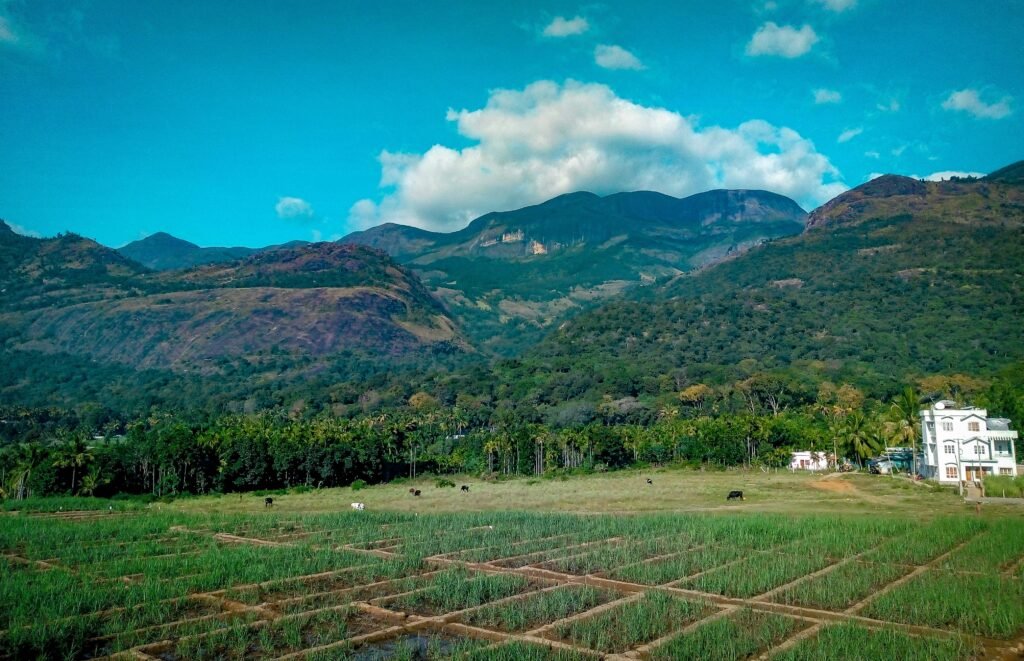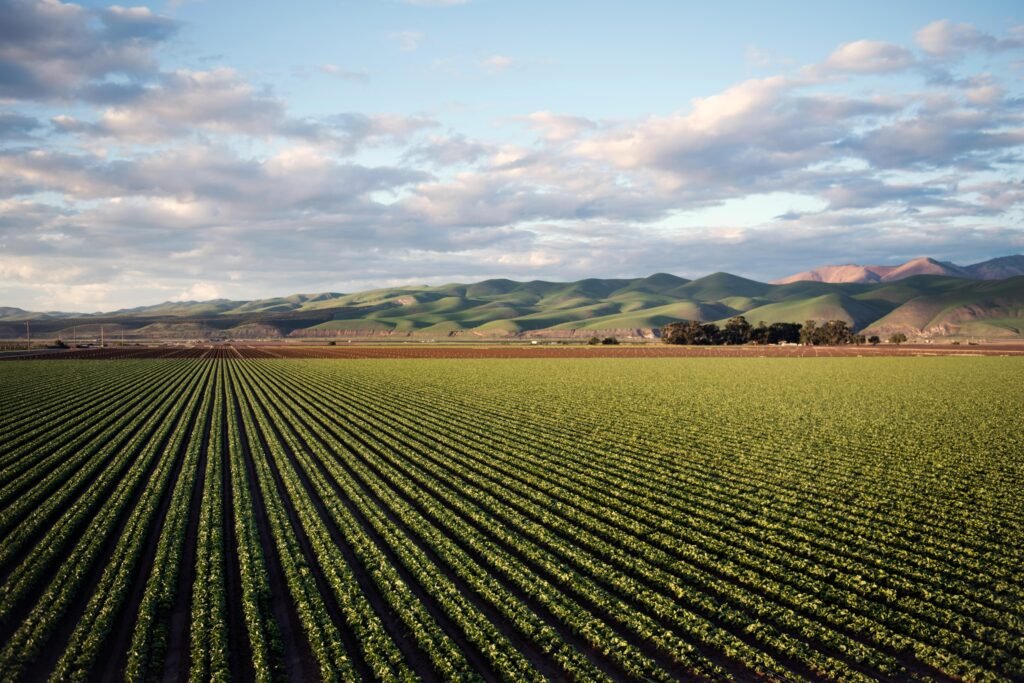🌾 Introduction
In 2025, climate change has become one of the biggest threats to Indian agriculture. Unpredictable monsoons, rising temperatures, frequent droughts, floods, and extreme weather events are directly affecting crop production, soil health, and farmers’ livelihoods.
In this blog, we will explore how climate change is affecting Indian farming and what farmers can do to adapt and survive in this new reality.
✅ 1️⃣ Unpredictable Monsoon Patterns
The Indian monsoon is becoming increasingly erratic and unreliable.
Early or delayed rains affect sowing schedules for major crops like:
Rice (Paddy)
Soybean
Cotton
Pulses
Shorter rainfall seasons lead to moisture stress and crop failure.


✅ 2️⃣ Rising Temperatures & Heat Stress
Average temperatures in India have risen significantly in recent years.
High temperatures affect:
Crop growth stages (germination, flowering, fruiting).
Pollination failure in sensitive crops.
Heat stress on livestock (milk yield drops).
Crops most affected: Wheat, Maize, Sugarcane, Vegetables.
✅ 3️⃣ Frequent Droughts & Water Scarcity
Groundwater depletion is becoming a major crisis.
Regions like Maharashtra, Rajasthan, and Karnataka face frequent droughts.
Lack of water reduces irrigation options and impacts crop yield.
Cost of irrigation is rising due to deep borewells and increased energy usage.


✅ 4️⃣ Increased Flooding & Cyclones
Intense rainfall events and cyclones cause:
Soil erosion
Waterlogging of fields
Crop damage during harvest stage
Infrastructure destruction (roads, storage, transport)
Vulnerable regions: Coastal areas, Assam, Odisha, Bihar, and Bengal.
✅ 5️⃣ Shifts in Pest & Disease Patterns
Warmer temperatures are increasing the spread of:
Fall armyworm in maize
Pink bollworm in cotton
Whiteflies in horticulture
New diseases are emerging that farmers are not prepared for.


✅ 6️⃣ Reduced Soil Fertility
Higher temperatures accelerate organic matter decomposition.
Soil becomes more prone to:
Nutrient loss
Acidification
Salinity build-up
Continuous fertilizer usage further worsens the problem under changing climate.
✅ 7️⃣ Economic Losses for Farmers
Frequent crop failures cause heavy financial losses.
Debt levels rise due to repeated crop investments without returns.
Rising input costs: Seeds, fertilizers, pesticides, energy, and irrigation.


✅ 8️⃣ Impact on Food Security
Lower yields threaten national food security.
India’s population growth increases demand for stable food production.
Climate change directly risks the availability and affordability of food for the common man.
✅ 9️⃣ Government Response & Policies
PMFBY (Pradhan Mantri Fasal Bima Yojana) – Crop insurance to cover climate-induced losses.
PMKSY (Pradhan Mantri Krishi Sinchai Yojana) – Water conservation schemes.
National Action Plan on Climate Change (NAPCC) – Long-term climate-smart agriculture strategies.
Incentives for renewable energy use (solar pumps, etc.).


✅ 🔟 Adaptation Solutions for Indian Farmers
Shift to climate-resilient crop varieties.
Use drip irrigation and water-saving techniques.
Adopt agroforestry and intercropping to protect soil.
Use weather forecasting apps for better planning.
Follow conservation tillage practices to preserve soil moisture.
Increase organic matter through composting and vermicomposting.
📊 Quick Impact Table
| Climate Change Factor | Impact on Farming |
|---|---|
| Monsoon Changes | Uncertain sowing times |
| Heat Stress | Yield reduction |
| Droughts | Water scarcity |
| Floods | Crop damage |
| Pest Changes | Increased infestations |
| Soil Degradation | Lower fertility |
| Economic Loss | Rising farmer debt |
✅ Conclusion
In 2025, climate change is no longer a distant threat—it’s a daily reality for Indian farmers. The only way forward is to adapt quickly by adopting climate-smart agricultural practices. With government support, proper planning, and technology, Indian farming can still thrive despite these challenges.
By making small but meaningful changes today, farmers can protect both their livelihoods and India’s food security for tomorrow.
